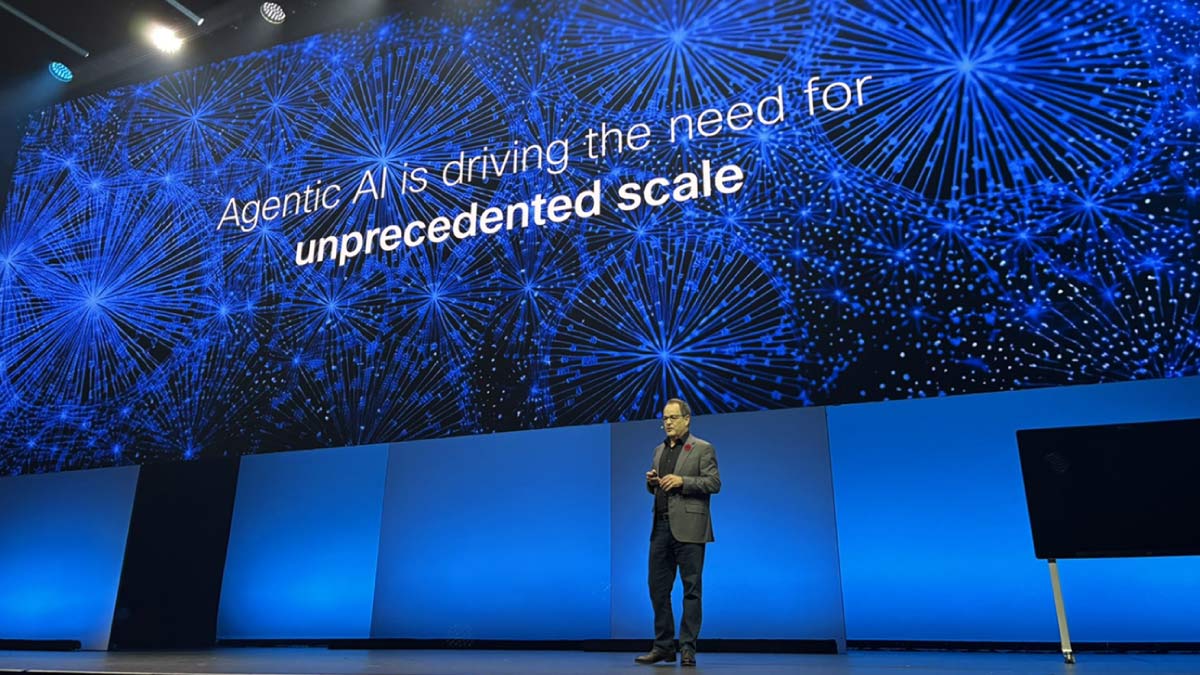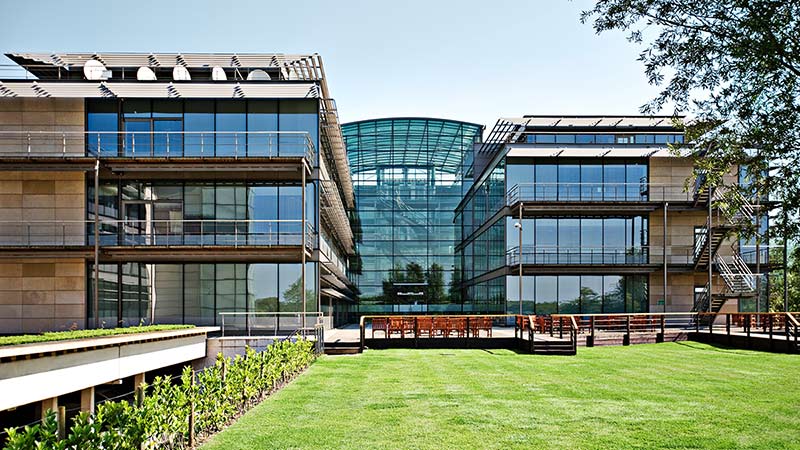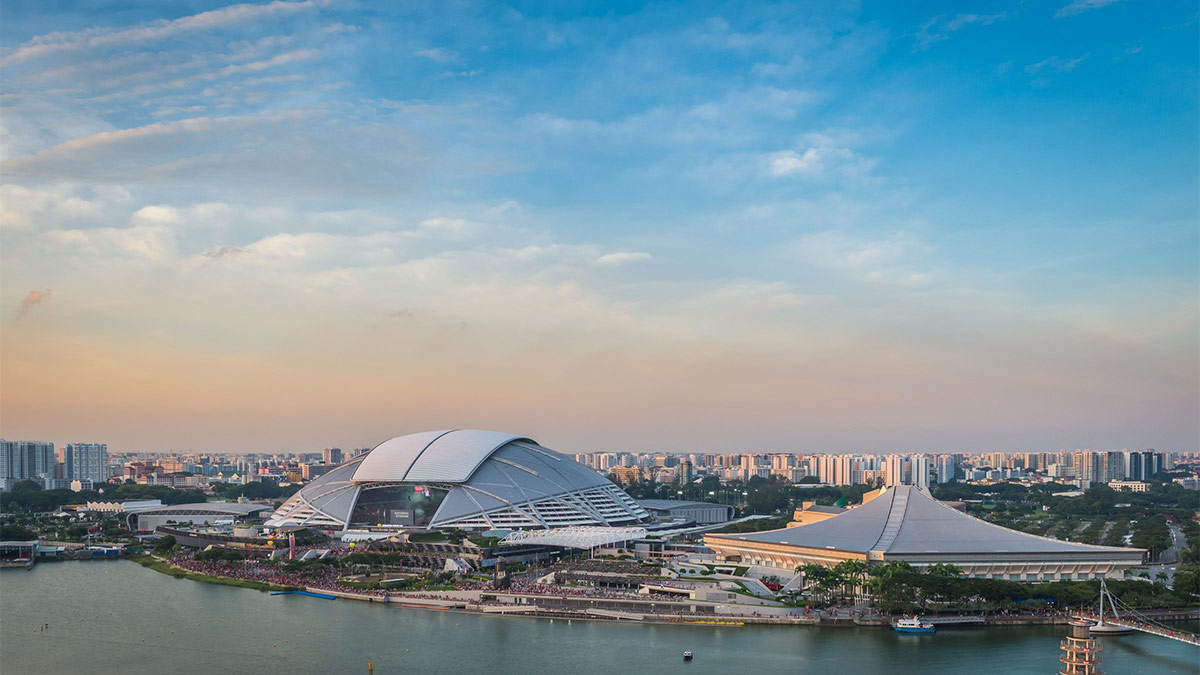With its high speeds, expanded bandwidth, and ultra-low latency, Cisco’s Silicon One chip has ushered in a new era in networking. And everyone from hyperscalers to small businesses can look forward to new capabilities and future-proof infrastructures.
But that’s only part of the story. Especially when combined with Cisco’s Acacia optics, Silicon One’s greatest impact may be on sustainability, with wide implications for energy savings, unconnected communities, and the planet itself.
For some deeper insights on Silicon One, we spoke with Adam MacHale, vice president of EMEAR Service Provider for Cisco, and a passionate advocate for sustainability.
Q. Thank you, Adam! First off, perhaps you could share a few thoughts on how sustainability fits into Cisco’s overall purpose of driving an inclusive future for all.
A. There’s been a real change in the tone and the level of engagement, and it’s fantastic to see. Sustainability is now among the top three topics in any conversation across our organization. It’s in the way that we engage with customers, it’s in all product conversations, and in our approach to hybrid work and return to office. It’s in how we build circular economy principles into all our products, and how we get that into our supply chains.
Q. Why is Silicon One such a game-changer?
A. If you look at service providers as an example, in some cases telcos represent 2 to 3 percent of a country’s energy consumption. They build their businesses around the network. And Silicon One is at the heart of the machines that can drive that forward in a much more sustainable, efficient way — especially when combined with the investments we’ve made in Acacia and optics to simplify the way we build these networks. That can have a dramatic impact. For example, Swisscom estimates it can achieve a 40 percent power saving by converging down to Cisco infrastructure.
In terms of performance, if you consider internet traffic growth, there are various figures that get quoted, between 25 percent CAGR and up to 50 percent in 2020. So, it has been a struggle just to keep up without overloading the silicon. But the amazing thing about Silicon One is just the performance that we can get out of that chipset and the simplification that we can get within those platforms.
Now, we can actually build the silicon ahead of the growth curve, effectively doubling the performance at half the power. If you can have half the power consumption of, say, a telco — or, even better, for all our IP infrastructure that changes things dramatically.
Q. And how does Silicon One affect the economics of the internet?
A. If you look at Sub-Saharan Africa as an example, parts of the rural infrastructure are reliant on diesel generators. So, if we can make these networks much more power efficient, the move to more sustainable, lower-cost power sources becomes viable. Also, by lowering the cost point of the infrastructure delivering those services, we can look at connecting the unconnected. The impact that has on a local economy, healthcare, education, and well-being can just be huge.
Q. Combined with Cisco’s Acacia optics, Silicon One enables a new paradigm, routed optical networking. Aside from its great capabilities, what are the implications for sustainability?
A. Traditionally, networks are built on layers. You’d have the fiber layer, an optical layer, and you’d have the routing layer on top. So, on every one of those sites you’d have two or three boxes consuming power. And you’d have to look after them, manage them.
What we’re doing with new technologies like Acacia optics, which are small and pluggable into a router, is you can collapse it all down into one box. You immediately simplify the network and reduce boxes, which reduces power. Then you reduce the price point, because you don’t need all of that bulky infrastructure within those platforms. So that’s another way that we're transforming networks, with simplicity. And by adding automation to run them more efficiently. If there’s high demand, it can switch on more capacity; if there’s a low demand, switch off some of the infrastructure.
Q. That simplicity translates into a kind of democracy, doesn’t it? By making the technology easier to deploy and use.
A. To connect the unconnected, you need the skill sets to be able to roll the technology out and then continue to run it. Through Cisco Networking Academy, we are making those skills readily available to all. And by simplifying with automation and changing the price point, the more accessible it becomes for everybody.
Q. How does the smaller size of these components impact supply chains, or recycling?
A. It definitely affects the shipping supply chain and the energy used in actually getting those products out into the world. But there are also fewer components, more recyclable materials, and less energy used to build them. And with a simpler, modular approach to building out the network, we can reuse parts of that infrastructure somewhere else when we need to upgrade, where they can still have huge value. The more reusable and modular, the more chance we get to increase the lifespan and the use of those boxes, which from a sustainability and a circular economy aspect becomes really important.
Q. What do you see for the future, and how can Cisco continue to help support sustainability?
A. I’d like us to move much quicker in adopting these technologies. If you think about the story of the pandemic and how quickly governments and people changed how they did things, who would have believed that we could have moved that quickly? We did things in the space of weeks that would have taken years before. So, I think we need to build on that, and be much bolder in how we’re looking to connect the unconnected, enable sustainability, and transform infrastructures.
I believe that we have to transform the way that we are behaving with our planet. It’s such a precious thing, and we have to be really careful about how we look after it. But in the world we live in, we also have to show the business benefits to get that faster adoption and accelerate the transformation. It has to make sense on both sides. That’s what we’re trying to do at Cisco.
###



